Writing Teaching Resources
Teaching writing strategies and the writing process this school year? Explore a comprehensive collection of teacher resources for primary English teachers — all created by teachers!
Stocked with graphic organisers, writing prompts, templates, worksheets and so much more, this collection of printable and digital activities is designed to help you as you help your students become more effective communicators and unleash their creativity and imagination.
Save time on lesson planning with resources that are aligned with the Australian curriculum (including version 9!) and have been through a careful review process by an expert member of our teacher team to ensure they're ready for your classroom and your students!
Are you looking for tips and tricks to add to your teacher toolkit this school year? Read on for a primer from our teacher team, including engaging activities for teaching writing inprimary school and a look at some of the different writing strategies your students will need to learn.
11 Writing Strategies Kids Should Know by the End of Primary School
We can't talk about teaching kids to write without talking about the different writing strategies that can help them do just that!
When it comes to teaching our students to become confident writers who articulate their ideas effectively, here are some of the strategies our teacher team prioritises:
1. Brainstorming
Brainstorming is something we often do in the classroom, and it's a crucial part of learning to generate the ideas that will drive students' writing as they progress through their educational journey. Kids should know how to create a list of potential topics or points related to a particular writing assignment.
With younger students, this is often done as a whole group by writing ideas and points on chart paper. In upper years, students transition over to using text-based materials to generate ideas and talking points.
2. Outlining
Before diving directly into any assignment, our students should be able to create a structured framework or outline. Teaching students how to create this outline will help them organise their thoughts and arguments for penning their essays, reports and research papers.

3. Using Graphic Organisers
Technically graphic organisers are classroom tools, so you may not think of their use as a writing strategy per se. However, learning to use these tools is another means of providing kids with the tools they need to organize their ideas and information before they sit down to write.
These organisers are particularly useful for expository writing — students can use them to outline main ideas, supporting details, and transitions.
Students can also take advantage of story maps when they are working on narrative writing to plot the key elements of a story, such as characters, setting, conflict, rising action, climax and resolution.
Graphic organisers such as the OREO strategy and hamburger paragraph are also great tools for students to use when working with opinion and persuasive texts.
4. Freewriting
Writer's block is the enemy of creativity, and it can easily frustrate young students who don't know where to begin.
When students freewrite, they write continuously without worrying about grammar or punctuation. This writing strategy can be extremely freeing — hence the name! — and helps frustrated writers move past that writer's block, generating fresh ideas.

5. Peer Editing
Learning to review and provide constructive feedback on each other's work is a great writing strategy to employ in your classroom to help students improve their writing quality and enhance their editing skills.
The strategy allows your students to learn from one another, and it arms them with an important tool they can use well into the future — calling on peers to provide a critical eye to a piece of writing.
6. Using Sensory Language
Working on descriptive writing? With this writing strategy, students engage the reader's senses through vivid and sensory language to create a more immersive experience.
7. Including Transitions and Connectives
As students become more proficient in the writing process, learning to use transitional words and phrases allows them to create smooth transitions between sentences and paragraphs. This strategy makes their writing more coherent and polished.
8. Incorporating Evidence
In persuasive, opinion and expository writing, students are taught to support their claims with evidence and examples to strengthen their arguments.
It takes some practice to train your students to use evidence in their writing, so it's often a good idea to start with something simple, like the R.A.C.E.S. strategy.
9. Crafting a Thesis Statement
In expository, opinion and persuasive writing, crafting clear and concise thesis statements that summarise the main point or argument of their essay helps students be more focused and organised in their writing.
This strategy can also have the effect of empowering students to express their ideas confidently and persuasively.
10. Incorporating Introductions and Conclusions
With this strategy, students practice crafting effective introductions and conclusions that grab the reader's attention and leave a lasting impression.
11. Following a Revision Checklist
Teaching your students to use a revision checklist is a strategy that will help them be more self-reflective, evaluating their own writing against the checklist criteria and becoming more aware of their strengths and weaknesses.

- Plus Plan
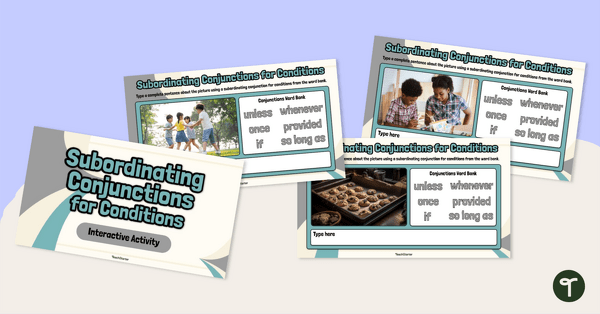
Subordinating Conjunctions (for Conditions) Interactive Activity
Use this interactive digital activity to help students identify conditional subordinating conjunctions, and construct sentences using this part of speech.
- Plus Plan

Interactive Build A Snowman Sequencing Activity
Practise sequencing and writing procedural texts with an interactive How to Build a Snowman game.
- Plus Plan
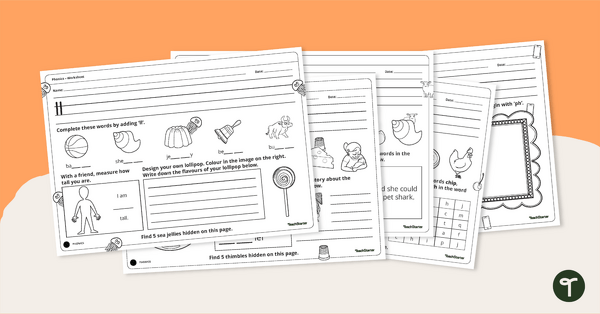
Consonant Digraphs Worksheet Pack
Practise writing and enhancing knowledge of consonant digraphs with this worksheet pack.
- Plus Plan
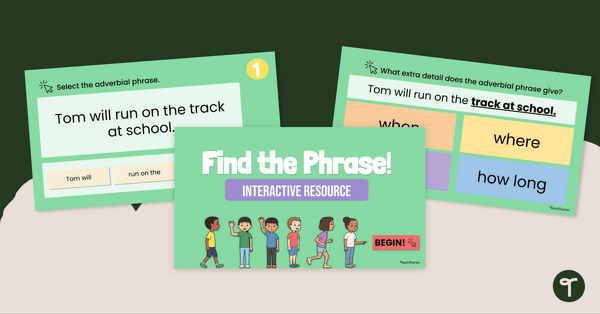
Adverb Groups Interactive Activity
Teach your students to locate and categorise adverbial phrases in descriptive sentences using this engaging interactive activity.
- Plus Plan
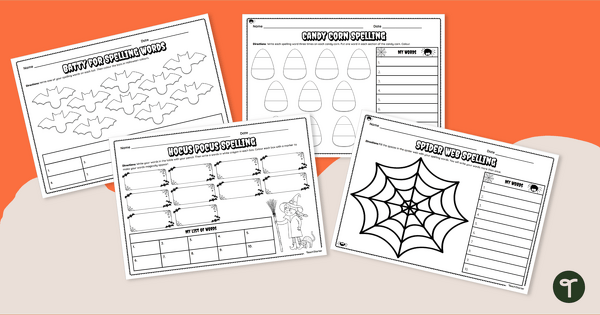
Halloween Spelling Worksheets
Practise weekly spelling words and add a Halloween twist with a set of printable Halloween spelling worksheets.
- Plus Plan
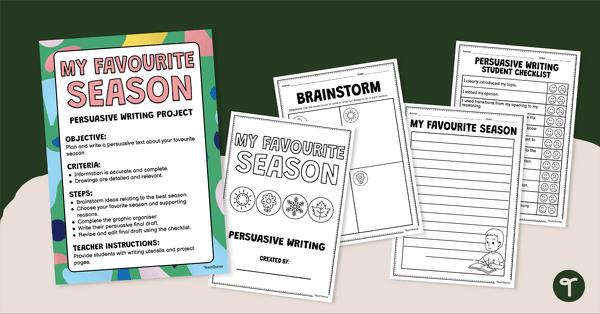
Persuasive Writing Project (My Favourite Season)
Explore persuasive writing with this persuasive writing project focusing on a student’s favourite season.
- Plus Plan
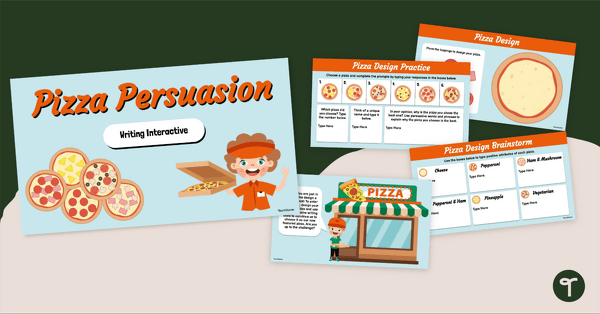
Persuasive Writing Interactive (Design Your Own Pizza)
Explore persuasive writing with this fun pizza-themed interactive activity.
- Plus Plan
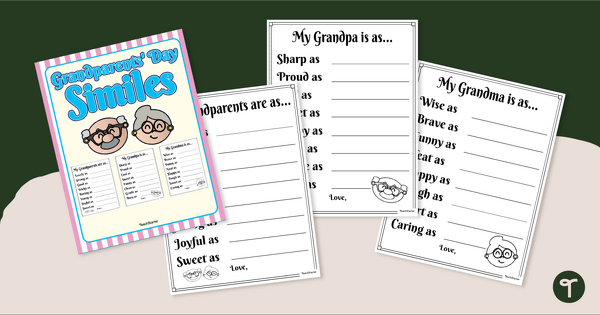
Grandparents' Day Poems with Similes
Celebrate grandma and grandpa with heartfelt simile poems using a printable Grandparents’ Day poem template.
- Plus Plan
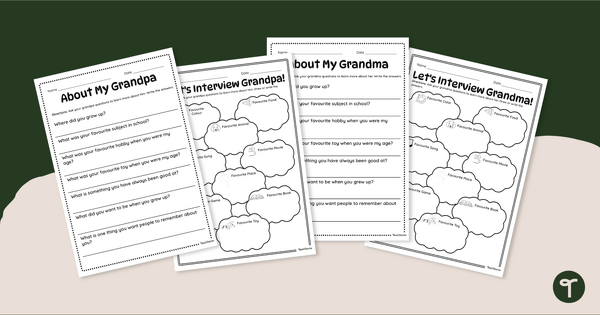
Grandparents' Day Interview Template - Early Years
Inspire your early years’ students to interview a grandparent on Grandparents’ Day with Printable Grandparent Interview Questions.
- Plus Plan
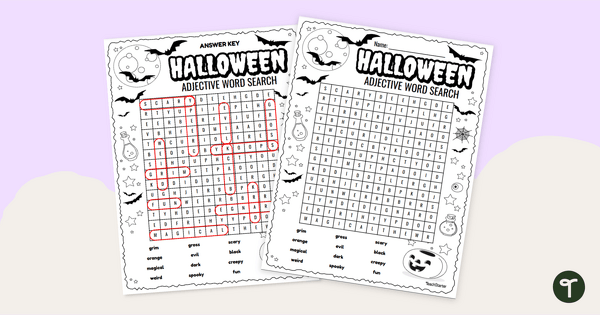
Halloween Adjectives Word Search - Lower Years
Bring in the Halloween spirit this year, starting with a printable Halloween word search filled with spooky adjectives!
- Plus Plan
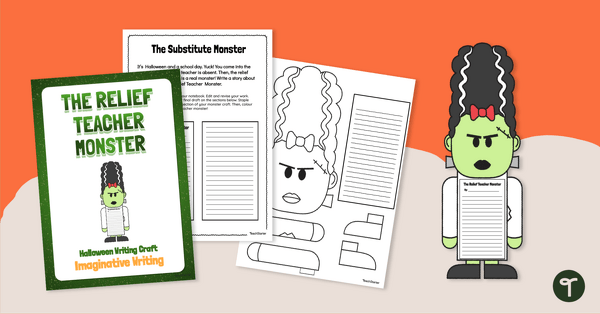
The Relief Teacher Monster - Halloween Craft and Write
This Halloween, inspire your struggling writers to write toe-curling tales of a day spent with a Relief Teacher Monster!
- Plus Plan
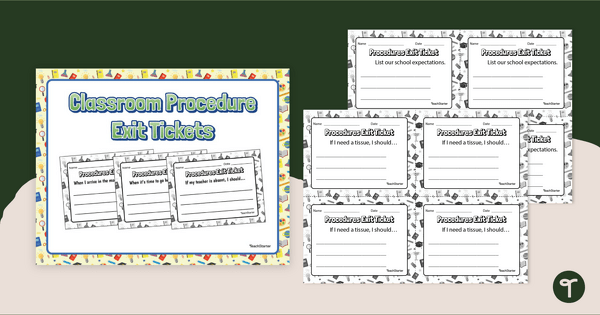
Back to School - Procedure Exit Tickets
Assess student knowledge of classroom rules and procedures with quick and easy exit tickets.
- Plus Plan
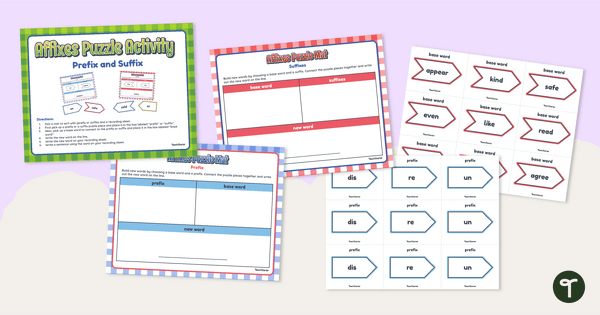
Affixes Puzzle Activity
Build words with affixes with a pack of printable word-building puzzles.
- Plus Plan
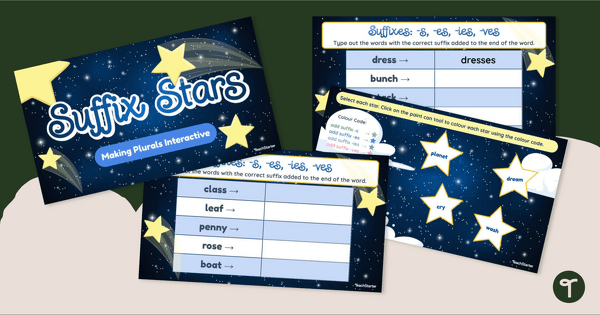
Suffix Stars - Interactive Suffix Review
Practice reading and spelling plural nouns with an engaging Google Slides digital learning activity.
- Plus Plan
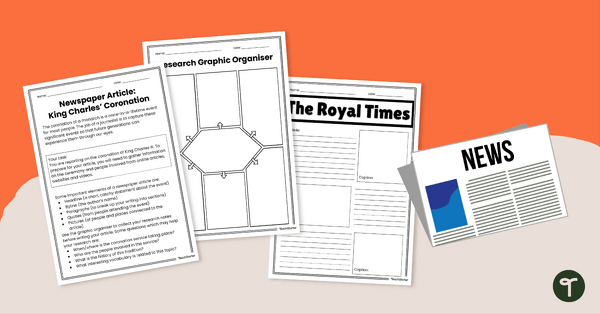
King Charles III Coronation News Article Project
Become a journalist and report on King Charles III Coronation.
- Plus Plan
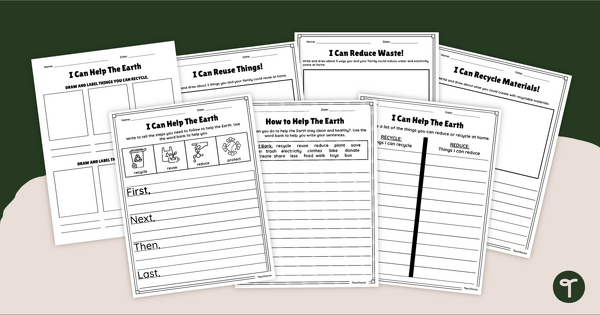
Write About It! Recycling Writing Prompt Worksheets
Differentiate writing instruction in primary grades with informational writing prompts about recycling and conservation.
- Free Plan
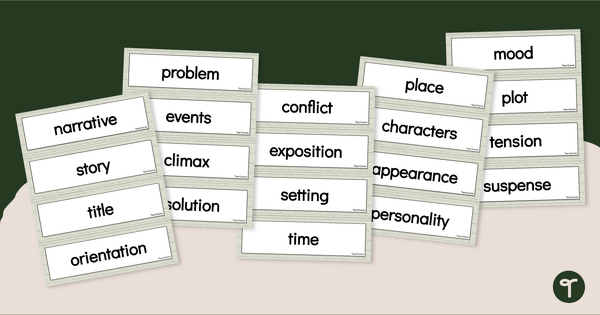
Narrative Writing Word Wall
Review terms related to narrative texts and narrative writing with a set of 33 narrative vocabulary word wall cards.
- Plus Plan
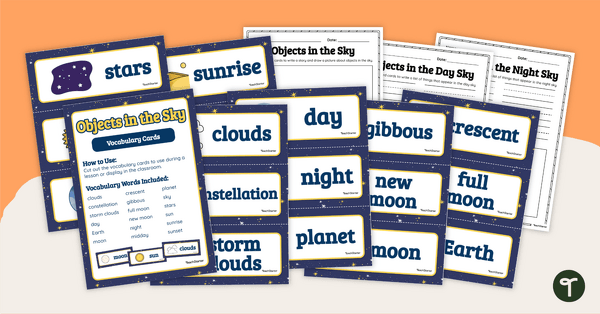
Objects in the Sky – Vocabulary Cards and Writing Templates
Create a vocabulary and writing center with a word wall and writing templates that cover objects in the sky.
- Plus Plan
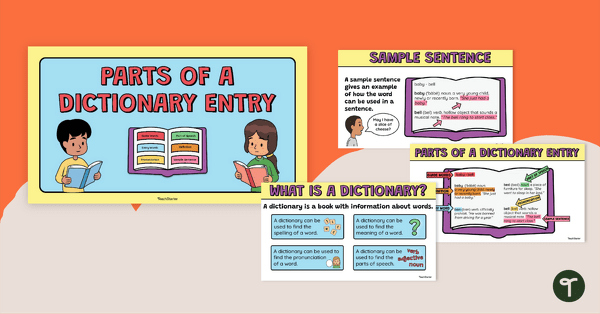
Parts of a Dictionary Entry PowerPoint
Learn about the different parts of a dictionary with this Teaching PowerPoint.
- Plus Plan
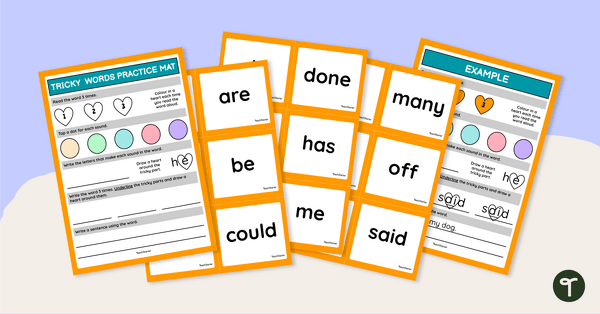
Tricky Word Flashcards and Practice Mat
Practise identifying the tricky parts in high-frequency words with this practice work mat and accompanying tricky word cards.
- Plus Plan
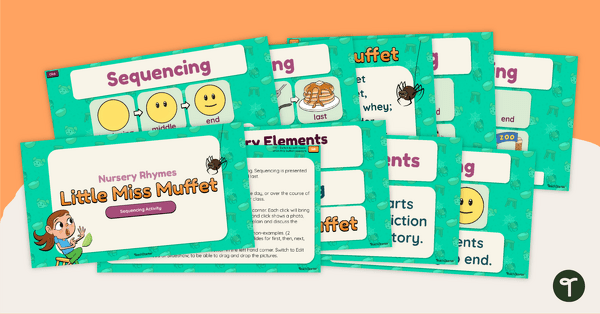
Narrative Sequencing Teaching Presentation - Little Miss Muffet
Engage young readers in texts and learn about narrative sequencing with a teaching presentation featuring the Little Miss Muffet nursery rhyme.
- Plus Plan
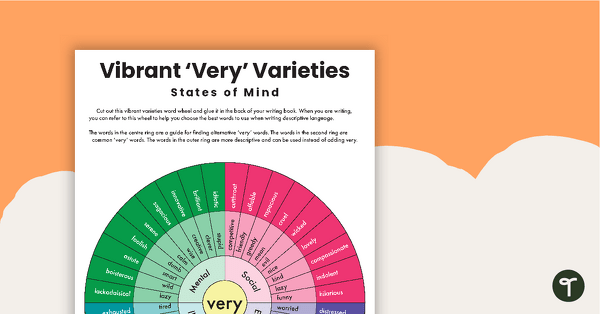
Vibrant Varieties – Other Words for 'Very' Wheel
Replace the word 'very' in your students' writings by giving them a 'wheely' good synonyms reference guide.
- Plus Plan
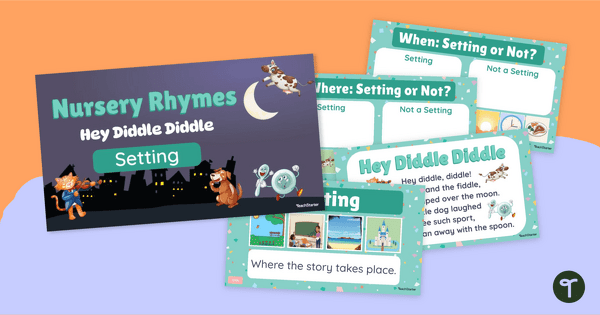
Narrative Settings Teaching Presentation - Hey Diddle Diddle
Engage young readers in texts and learn about setting with an instructional slide deck featuring the Hey Diddle Diddle rhyme.
- Plus Plan
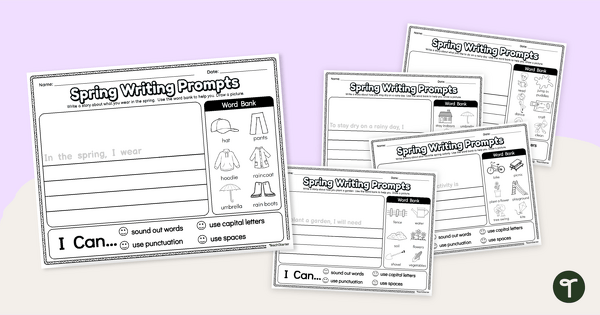
Spring Writing Prompts
Celebrate Spring with Spring writing worksheets for the early years.
- Plus Plan

Earth Day Writing Craftivity
Create a fabulous Earth Day display with a printable Earth Day craft activity.
- Plus Plan
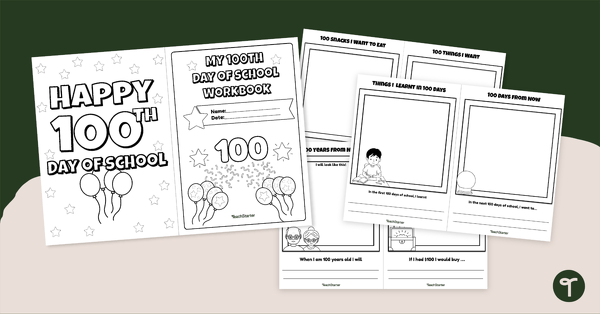
My 100th Day of School Workbook
Have a blast on the 100th day of school with a printable 100th Day Activity Book!
- Plus Plan
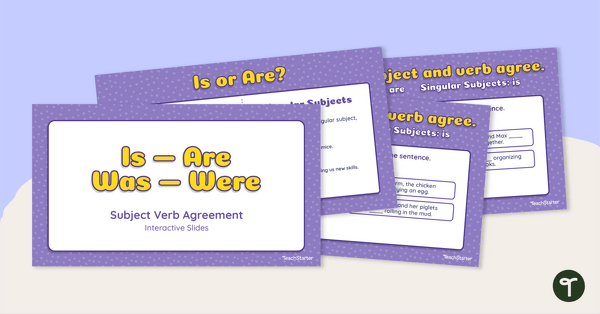
Is/Are, Was/Were Subject Verb Agreement - Interactive Activity
Embed subject-verb agreement practice into digital learning with this interactive activity.
- Plus Plan
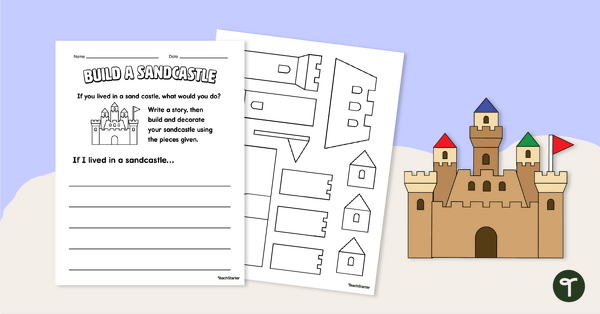
Build a Sandcastle Writing Prompt
Excite your students to get writing with this summer-themed narrative writing and craft activity.
- Plus Plan
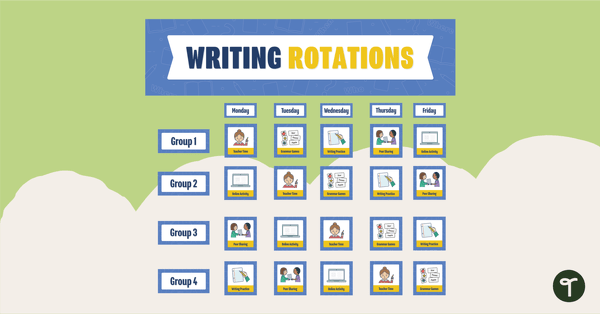
Writing Rotation Classroom Display
Guided writing classroom display to organise your classroom and their daily activities.
- Plus Plan
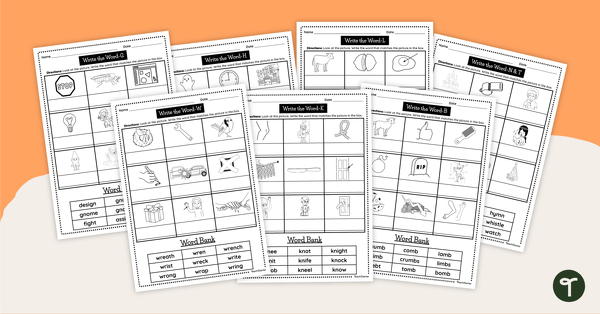
Silent Letters Worksheets - Word and Picture Match Up
Explore silent letters in one- and two-syllable words with this set of 7 targeted worksheets.
- Plus Plan
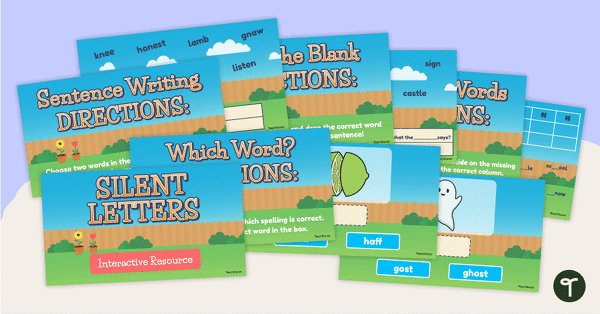
Silent Letters Interactive Activity
Explore silent letters in one- and two-syllable words with this interactive spelling activity.
- Plus Plan
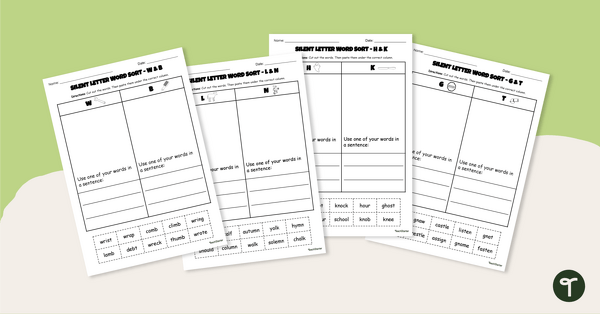
Silent Letters Word Sort - Cut and Paste Worksheets
Identify silent letters in words with this set of four cut-and-paste worksheets.
- Writing Worksheets
- Writing Templates
- Writing Games
- Writing Posters
- Writing Teaching Presentations
- Writing Labels, Signs & Decorations
- Writing Word Walls
- Writing Projects
- Writing for Preschool/Kindergarten
- Writing for Foundation Year
- Writing for Year 1
- Writing for Year 2
- Writing for Year 3
- Writing for Year 4
- Writing for Year 5
- Writing for Year 6
- Writing for Year 7